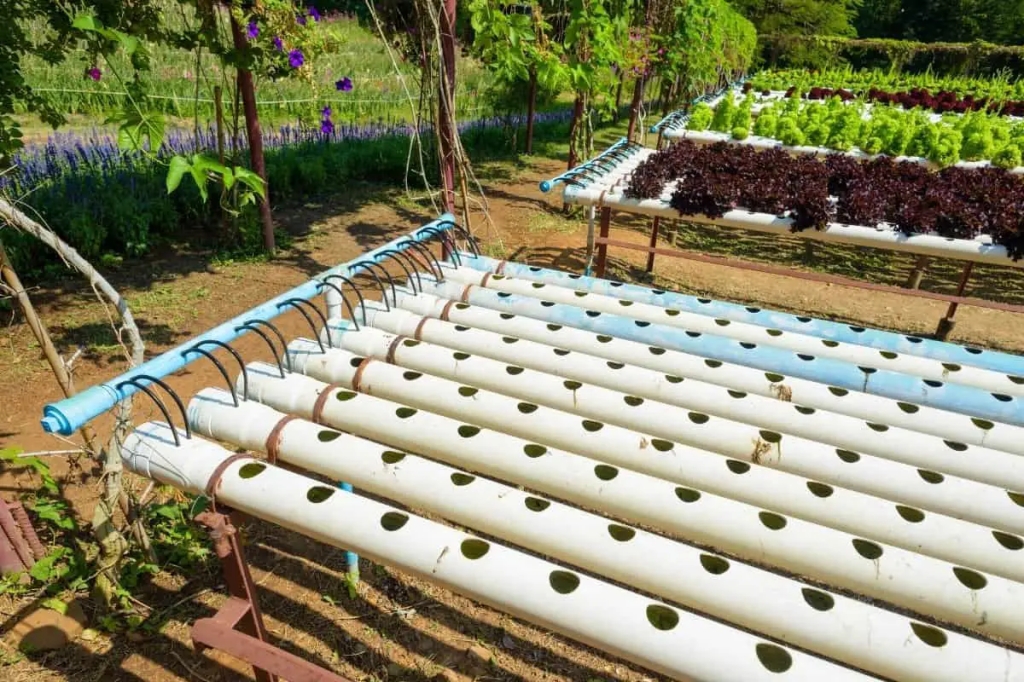Hydroponic Water Usage Costs: A Case Study
Hydroponics is a popular method of growing plants without soil, using water and nutrients instead. It’s an efficient and sustainable way to produce crops, especially in areas where traditional agriculture is not feasible. However, one of the concerns with hydroponics is its water usage cost. In this article, we’ll explore the actual costs of water usage in a hydroponic system through a case study.
Case Study Overview
We conducted a case study on a small-scale hydroponic farm located in rural Kentucky. The farm owner uses two types of hydroponic systems: Deep Water Culture (DWC) and Nutrient Film Technique (NFT). DWC involves suspending plant roots in nutrient-rich water while NFT involves flowing nutrient-rich water over the roots. Both methods require constant recirculation and monitoring to ensure optimal growing conditions for the plants.
Water Source
The farmer sources his water from an onsite well which provides him with free access to fresh groundwater that he can use for his operation without any restrictions or limitations.
Water Usage
The amount of water used by the farmer varied depending on several factors such as weather conditions, plant type, stage of growth cycle among others but was estimated at 1 gallon per day per square foot area under cultivation during peak season or high intensity periods and 1/2 gallon per day per square foot area under cultivation during low season or off-peak periods.
Costs
While there were no direct monetary costs associated with acquiring the water source since it was provided free by mother nature via groundwater wells on site, we calculated other indirect costs associated with running the hydroponic system such as electricity consumption required to power pumps and lighting equipment necessary for maintaining optimal growing conditions around $1-$3/day/square foot depending on specific variables listed above; maintenance expenses such as periodic replacement of worn-out parts ($100-$300/year), cost of nutrient solutions ($50-$100/month), and other miscellaneous expenses such as labor costs, rent, property taxes, etc., which can vary widely depending on the location and size of the farm.
Comparison with Traditional Farming
To put this into perspective, we compared the hydroponic water usage cost to that of traditional farming. According to data from the USGS (United States Geological Survey), irrigated agriculture uses an average of 2.5 acre-feet per acre per year in Kentucky. An acre-foot is equivalent to 325,851 gallons of water. This means that a farmer using traditional irrigation methods would use around 813,000 gallons of water per acre each year.
In comparison to our case study’s hydroponic farm which used approximately 182.5 gallons annually for every square foot under cultivation during peak season or high intensity periods and half that amount during low season/off-peak periods i.e., around 3650 gallons annually for a typical greenhouse sized at around 500 square feet; clearly indicating that Hydroponics is much more efficient in terms of water consumption than conventional farming practices.
Conclusion
While there are costs associated with operating a hydroponic system such as electricity consumption and maintenance expenses among others mentioned above – these costs are generally lower than those associated with traditional farming practices due to its efficiency in resource utilization especially where access to free groundwater sources exist like in our case study example.
Overall, it was found that despite some initial investment required in setting up a hydroponic system initially whether be it small scale or large scale operation;
hydroponics offers significant benefits over traditional agriculture by providing greater control over growing conditions thus improving yield quality & quantity along with reduced requirement for land use while being environmentally friendly through efficient resource utilization practices – particularly when it comes to water conservation making it an excellent choice for rural living enthusiasts looking into homesteading!


Leave a comment